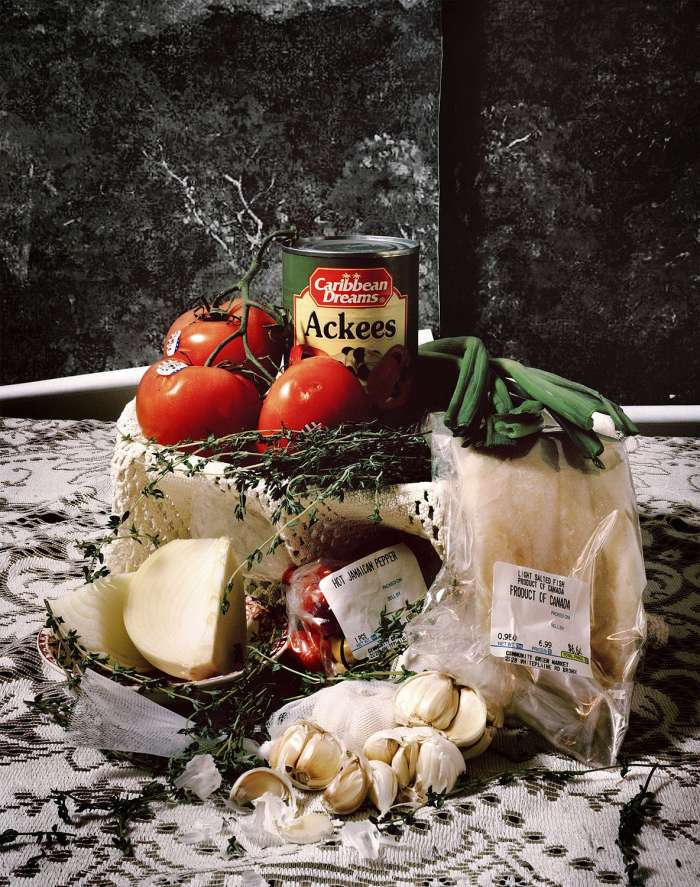
Thu, May 25, 2023,67 Online / Zoom
Talk
Fellowship 23 Conversations: Samantha Box and Karen Lue
Fellowship Award winner Samantha Box’s series Caribbean Dreams uses constructed, experimental, and unpredictable compositions to examine structures of exodus and diaspora. Her work embodies an exploration of her multiply-diasporic Caribbean histories and identities. Keystone Award honorable mention Karen Lue is a first-generation Chinese American artist whose photographs explore aspects of identity in relation to concepts of grief, loss, isolation, and displacement. Her series 安詳 (or, when i die i want to die peacefully) relays her grandparent’s apartment in its final days and documents the artist and her family at a transitional moment in her family’s history. Hear both artists discuss their work exhibited in Fellowship 23 and join an open discussion about how photography can be a tool to examine, construct, and affirm multiple identities.
Participating Artists
Samantha Box is a Bronx-based photographer. Box has been in residence at Center of Photography at Woodstock, the Visual Studies Workshop and at Light Work. She has been awarded two NYFA Fellowships in Photography, an En Foco Fellowship, and a Silver Eye Fellowship. In 2023, she was shortlisted for the Aperture Portfolio Prize and the Louis Roederer Discovery Award. Her work is in the collections of the MFA Houston and of the Harvard Art Museums. Instagram: @samantha.box Image: Transplant Family Portrait, 2020
Karen Lue is a first-generation Chinese American artist whose photographs explore aspects of identity in relation to concepts of grief, loss, isolation, and displacement. Chronicling her own construction of identity beginning with the search for “home,” she looks for objects, people, and scenes that objectify feelings of irrelevance in environments that are supposed to function as spaces of shelter and refuge. She also examines her identity through self-portraiture and the body as it is shaped by her race, ethnicity, chronic illness, and mental well-being.